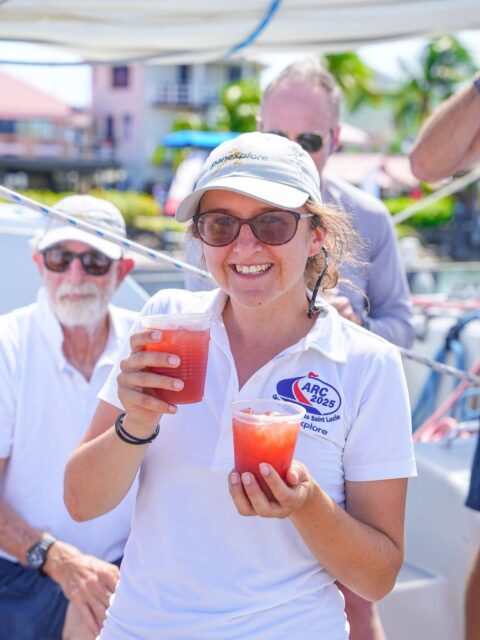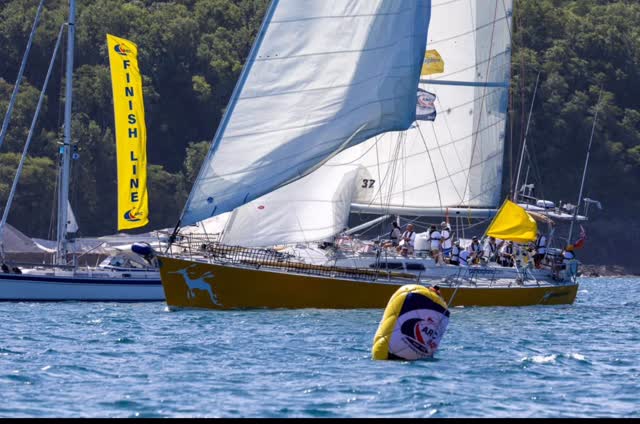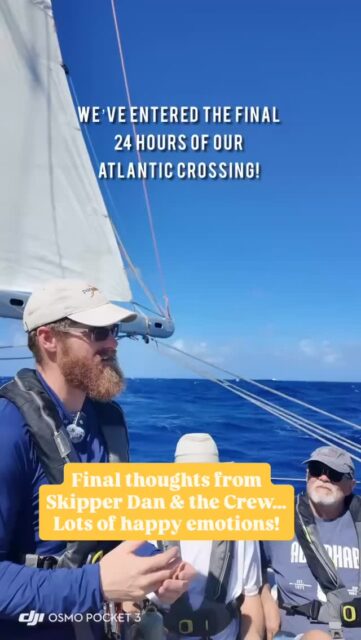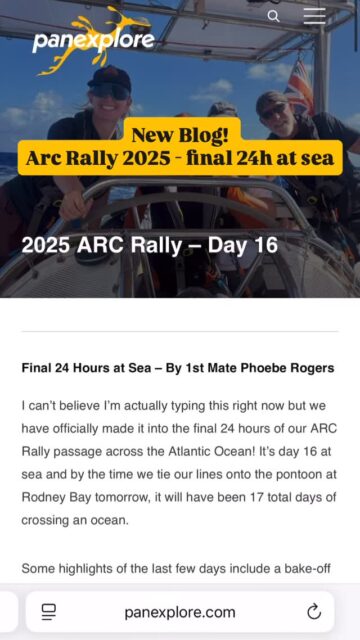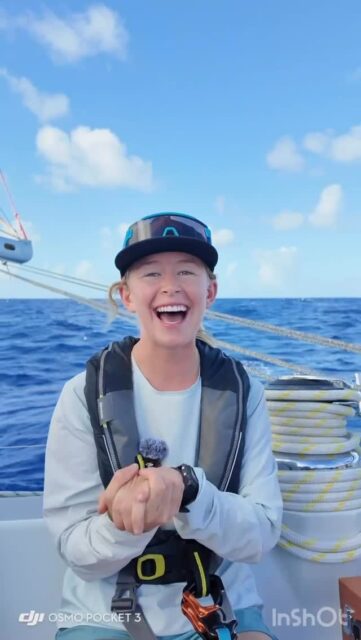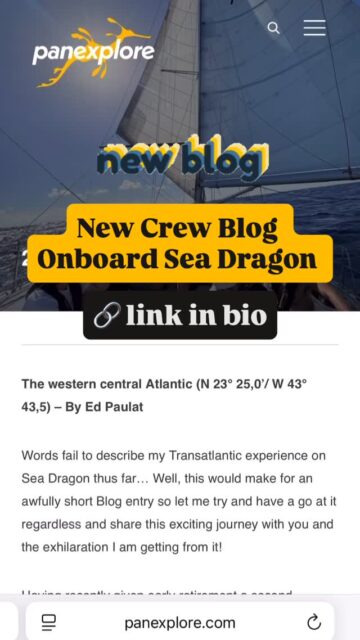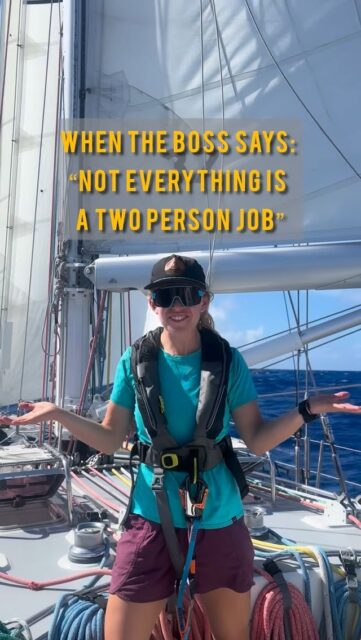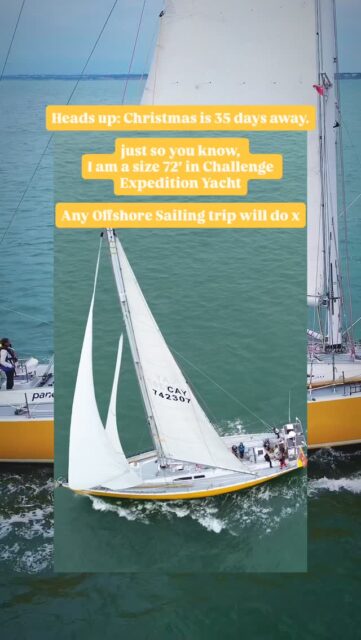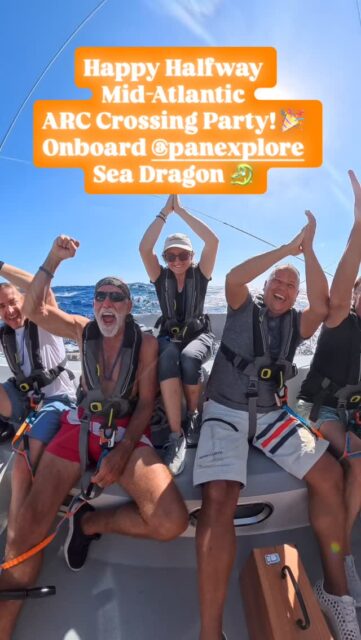After a whirlwind week following the development of an idea with a friend I find myself enrolled, active and catching-up with my fellow students on the inaugural Circular Economy PG Certificate course, exciting times. The course run by the University of Bradford in partnership with the Ellen MacArthur Foundation is an introduction to the principles and application of the ‘circular economy’.
> My inspiration to reach this point has mostly come from recent years having worked with, managed and lead teams of scientists, journalists, volunteers, educators and activists offshore voyaging into the ocean Gyres (accumulation zones) researching plastic. Our findings have been quite a revelation.
> Anything plastic released into the environment be it through landfill, littering, dumping, wind blown, even inadvertently discarded can, and invariably does end up in a water course, all courses lead downhill, down stream to the ultimate dumping ground – out of sight out of mind, the ocean.
> Despite their enormity and seeming endlessness they are not infinite. Over two-thirds of the surface of the planet is ocean and it is such a vital factor in our survival here on earth, and yet we still know so little about it. Species are still being discovered, more people have been into space then have visited the bottom of the ocean and we are still unsure as to the mating behaviour or breeding grounds of the largest animal ever to have roamed our planet – the Blue Whale.
> Technological advances abound and yet nature still holds so many secrets. One thing we do know is that our impact away from land is far reaching and negative on this vital beautiful wilderness.
> In the environment plastic fragments and photo-degrades (breaking down in many pieces). Uniquely unlike glass, wood, metals, card and paper which (in their simplest form) will go back into the earth it does not bio-degrade, in effect everything plastic ever produced is still out there. Recycling rates whilst increasing are still low. Concerningly there is growing evidence that fish are consuming plastic which is known to absorb harmful chemicals such as POPs, banned in the world today. We eat the fish.
> And so here I am embarking on a fantastic opportunity to learn more about the Circular Economy model, look at ways of applying it to the plastic issue, develop workable solutions and partnerships with manufacturers, scientists, policy makers and stakeholders. I will also be continuing to raise awareness on the (often) unnecessary use and wasteful disposal of this finite resource in new and engaging ways.

> Watch this space for developments and keep in touch with ideas.
> Clive
 After a whirlwind week following the development of an idea with a friend I find myself enrolled, active and catching-up with my fellow students on the inaugural Circular Economy PG Certificate course, exciting times. The course run by the University of Bradford in partnership with the Ellen MacArthur Foundation is an introduction to the principles and application of the ‘circular economy’.
After a whirlwind week following the development of an idea with a friend I find myself enrolled, active and catching-up with my fellow students on the inaugural Circular Economy PG Certificate course, exciting times. The course run by the University of Bradford in partnership with the Ellen MacArthur Foundation is an introduction to the principles and application of the ‘circular economy’.
My inspiration to reach this point has mostly come from recent years having worked with, managed and lead teams of scientists, journalists, volunteers, educators and activists offshore voyaging into the ocean Gyres (accumulation zones) researching plastic. Our findings have been quite a revelation.
Anything plastic released into the environment be it through landfill, littering, dumping, wind blown, even inadvertently discarded can, and invariably does end up in a water course, all courses lead downhill, down stream to the ultimate dumping ground – out of sight out of mind, the ocean.
Despite their enormity and seeming endlessness they are not infinite. Over two-thirds of the surface of the planet is ocean and it is such a vital factor in our survival here on earth, and yet we still know so little about it. Species are still being discovered, more people have been into space then have visited the bottom of the ocean and we are still unsure as to the mating behaviour or breeding grounds of the largest animal ever to have roamed our planet – the Blue Whale.
Technological advances abound and yet nature still holds so many secrets. One thing we do know is that our impact away from land is far reaching and negative on this vital beautiful wilderness.
In the environment plastic fragments and photo-degrades (breaking down in many pieces). Uniquely unlike glass, wood, metals, card and paper which (in their simplest form) will go back into the earth it does not bio-degrade, in effect everything plastic ever produced is still out there. Recycling rates whilst increasing are still low. Concerningly there is growing evidence that fish are consuming plastic which is known to absorb harmful chemicals such as POPs, banned in the world today. We eat the fish.
And so here I am embarking on a fantastic opportunity to learn more about the Circular Economy model, look at ways of applying it to the plastic issue, develop workable solutions and partnerships with manufacturers, scientists, policy makers and stakeholders. I will also be continuing to raise awareness on the (often) unnecessary use and wasteful disposal of this finite resource in new and engaging ways.
Watch this space for developments and keep in touch with ideas.
Clive

 After a whirlwind week following the development of an idea with a friend I find myself enrolled, active and catching-up with my fellow students on the inaugural Circular Economy PG Certificate course, exciting times. The course run by the University of Bradford in partnership with the Ellen MacArthur Foundation is an introduction to the principles and application of the ‘circular economy’.
After a whirlwind week following the development of an idea with a friend I find myself enrolled, active and catching-up with my fellow students on the inaugural Circular Economy PG Certificate course, exciting times. The course run by the University of Bradford in partnership with the Ellen MacArthur Foundation is an introduction to the principles and application of the ‘circular economy’.
